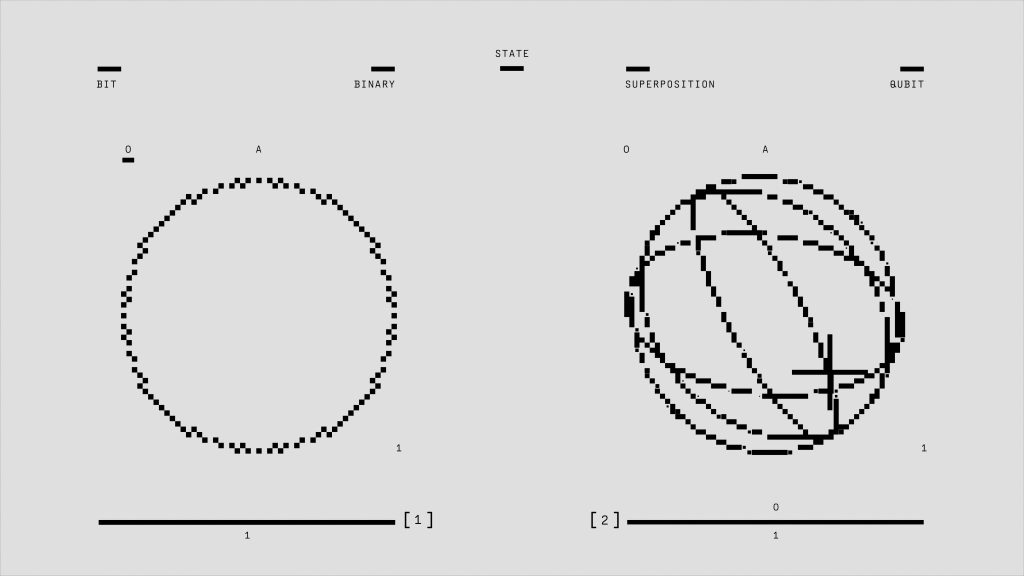Exploring Memory Configuration: Does the New IdeaPad Display Actual Quad-Channel RAM Support?
Introduction
With the increasing popularity of high-performance laptops, many users are keen to understand the technical specifications of their devices. Recently, a user shared their experience with a new Lenovo IdeaPad featuring a Ryzen 7 7735HS processor, raising questions about the nature of its RAM configuration. The core inquiry revolves around whether the device genuinely operates with quad-channel memory, despite official specifications indicating dual-channel support. This article delves into the details, examining how to interpret system reports and what they imply about your device’s memory architecture.
Understanding RAM Speed and Channel Configuration
First, it’s essential to clarify some key concepts:
- Memory Speed (MHz): This indicates the frequency at which RAM modules operate. For example, 800 MHz (or 800Mhz) refers to the clock speed of the memory modules.
- Effective Data Rate (MT/s): Modern memory modules are often labeled with data transfer rates, such as 6400 MT/s, which reflect how quickly data can move per second.
- Memory Channels (Single, Dual, Quad): The number of channels refers to how many independent data streams the memory controller can handle simultaneously. Dual-channel typically offers better performance than single-channel.
User’s Observation and Conflicting Information
The user observed via HWinfo64 that the RAM in their IdeaPad runs at approximately 800 MHz, with Task Manager reporting a data transfer rate of 6400 MT/s. Given this, they wondered if the laptop might be utilizing quad-channel configuration. HWinfo64 further appeared to confirm this multi-channel setup, prompting the user to question whether the system is genuinely utilizing quad-channel memory support.
Official Processor Specifications
According to AMD’s official specifications, the Ryzen 7 7735HS processor supports only dual-channel memory configurations. This aligns with the typical behavior of most mobile Ryzen processors, which are designed with dual-channel memory controllers.
Potential Reasons for Observed Discrepancies
Given the conflicting data, several explanations can account for the observations:
- Misinterpretation of Software Readings: Hardware monitoring tools like HWinfo64 can sometimes report data in ways that may be confusing. The reported speed (e.g., 800 MHz) is often the base clock, while the effective data rate (e.g., 6400 MT/s) is derived from that clock (e.g., DDR4 memory operates at double the base clock).
Share this content:



